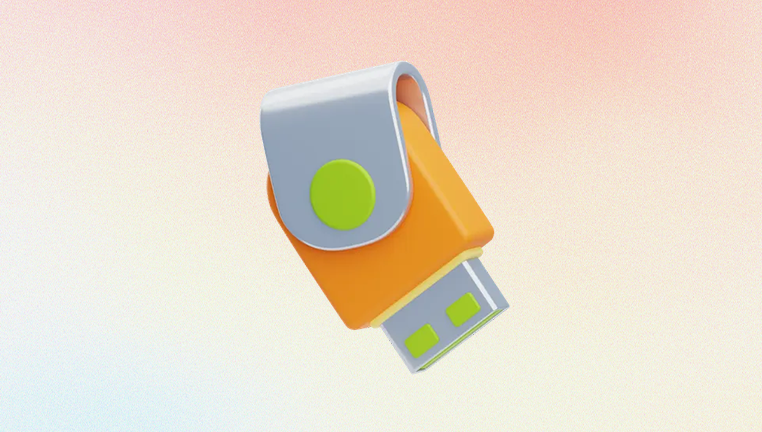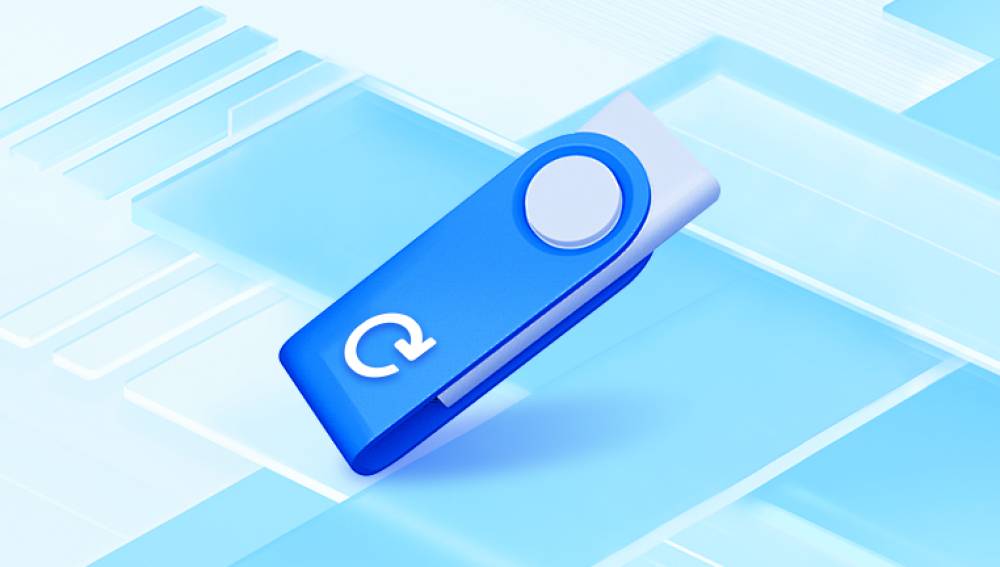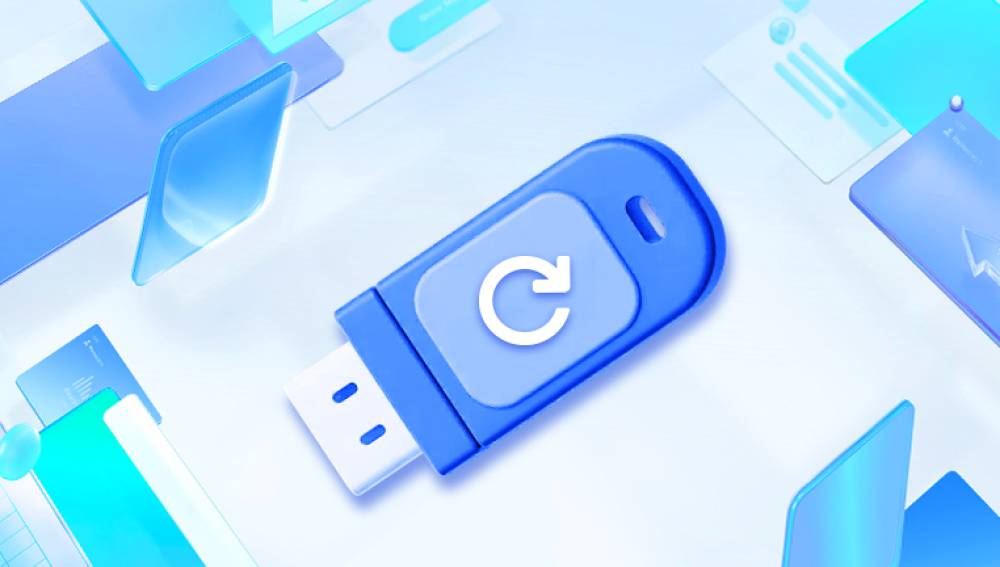USB flash drives are convenient, portable, and widely used for transferring and storing files whether it’s documents, images, videos, or backups. However, one common and frustrating issue users often face is file corruption. Imagine plugging in your USB drive only to find that some or all of your files are inaccessible, distorted, or missing altogether. This can happen for many reasons, and when it does, restoring those corrupted files becomes a priority.
Corrupted files can emerge due to improper ejection, virus infections, hardware failures, software issues, or power disruptions during file transfers. The symptoms might include files showing as zero bytes, unreadable formats, strange symbols in filenames, or outright failure to open. When faced with these scenarios, users need clear, effective solutions to recover their data without making the problem worse.
File corruption on a USB drive means the data stored has been altered from its original state in such a way that it can no longer be accessed or interpreted correctly by software applications.

Common Causes of Corruption
Improper Removal
Removing a USB drive without safely ejecting it can interrupt file writing processes, leading to corruption.
Virus or Malware Infection
USB drives are highly vulnerable to malware, especially when used on multiple systems. Some viruses specifically target file structures and cause intentional corruption.
Power Loss During Data Transfer
Sudden shutdowns or unplugging the drive mid-transfer can damage both files and the file system.
Bad Sectors on the USB Drive
Like hard drives, USBs can develop bad sectors where data becomes unreadable or partially overwritten.
File System Errors
Corruption can occur if the USB’s file system (e.g., FAT32. exFAT, NTFS) gets damaged due to software crashes or improper formatting.
Physical Damage
Excessive heat, water, or physical impact can also contribute to file corruption and hardware failure.
Symptoms of Corrupted Files
Recognizing corrupted files early can improve your chances of recovery.
Files fail to open with error messages like “file format not recognized.”
Files open but display incorrect content (e.g., garbled text, missing images).
File sizes are listed as 0 bytes.
Unusual or unreadable filenames appear.
The entire drive appears empty or prompts for formatting when inserted.
Preliminary Steps Before Recovery
When you suspect file corruption, follow these steps first to avoid worsening the problem:
1. Stop Using the USB Drive
Avoid writing new data to the USB drive. New data can overwrite areas containing the corrupted files, making recovery impossible.
2. Make a Backup Image
Use disk imaging software to create a complete image of your USB drive. This ensures that even if something goes wrong during recovery, you can retry from the image.
3. Scan for Malware
Use a reliable antivirus program to scan and remove any viruses. Some malware masks as file corruption and can reinfect your recovered files.
Recovery Methods for Corrupted USB Files
Method 1: Using Built-in Windows Tools
1.1 Check Disk Utility (CHKDSK)
CHKDSK scans the USB drive for errors and attempts to fix them.
Connect the USB drive.
Open Command Prompt as administrator.
Type:
chkdsk X: /f /r
(Replace X with your USB drive letter.)
This command attempts to fix file system errors and recover readable data from bad sectors. After scanning, check your USB drive to see if the files are accessible.
1.2 File History or Previous Versions
If File History is enabled on your system:
Right-click the corrupted file or folder.
Select Restore previous versions.
Choose an earlier version and restore it.
This method works only if backups were set up previously.
Method 2: Data Recovery Software
There are many tools designed to restore corrupted or deleted files from USB drives. Choose one that supports file system recovery and deep scan capabilities.
General Recovery Steps:
Install the recovery software on your computer (not the USB).
Run the software and select the corrupted USB drive.
Perform a deep scan.
Preview recoverable files.
Select and recover the files to a safe location on your computer.
Look for software that supports a wide variety of file types and formats and allows previewing of files before restoration.
Method 3: File Repair Tools
If the files are partially recovered but won't open correctly, dedicated file repair tools can help.
Common Use Cases:
A Word document opens but shows unreadable text.
A JPEG image won’t display due to header damage.
A video file shows artifacts or won’t play.
Steps:
Choose a repair tool compatible with your file type (e.g., DOCX, JPG, MP4).
Upload the corrupted file into the tool.
Start the repair process.
Save the repaired version to your computer.
Some repair tools support batch processing, which is useful if multiple files are affected.
Method 4: Recover via Command Prompt
For minor corruption or deleted files, CMD can be helpful.
Steps:
Open Command Prompt as Administrator.
Type:
attrib -h -r -s /s /d X:\*.*
(Replace X with your USB drive letter.)
This command removes hidden, read-only, and system attributes from files and folders, making them visible again.
Sometimes corrupted files are hidden by the system during infection or malfunction, and this command can make them accessible.
Method 5: Use Linux for Recovery
Linux systems can sometimes access files that Windows cannot due to file system flexibility.
Steps:
Boot a Linux live session (e.g., Ubuntu) via USB or DVD.
Mount the corrupted USB drive.
Browse the files manually.
Copy any accessible files to another drive.
Linux ignores certain permission and file system errors that stop Windows, making it a powerful option for stubborn cases.
Preventing Future Corruption
Data recovery is a reactive measure. To avoid repeated issues, proactive habits are essential.
1. Safely Eject the USB Drive
Always use the “Safely Remove Hardware” option before unplugging to avoid interrupting data transfer.
2. Use Quality USB Drives
Low-quality or counterfeit drives have higher failure rates. Invest in drives from trusted manufacturers.
3. Avoid Using USB Drives on Untrusted Systems
Limit use on public or unknown computers, which may harbor malware.
4. Enable Write Protection When Appropriate
Use write-protection switches or software tools when the drive doesn't need changes.
5. Maintain Regular Backups
Back up USB contents to cloud storage or external drives regularly.
6. Monitor Drive Health
Some USB tools can check for wear and bad sectors. Regular scans help catch problems early.
Troubleshooting Tips
Sometimes, standard methods don’t work as expected. Here are a few additional troubleshooting steps:
Drive asks to be formatted:
Don’t format immediately. Use recovery software to extract data first.
Drive not recognized at all:
Try different USB ports or systems. If still unrecognized, the hardware may be physically damaged.
Intermittent detection:
This could indicate a failing USB connector. Use short, quality cables or adapters.
When to Seek Professional Help
If the drive is physically damaged (e.g., cracked casing, bent connector), or if software tools fail to recognize it, professional data recovery services may be your only option. These services have cleanroom facilities to retrieve data from severely damaged hardware but can be expensive.
Look for:
Services that offer a no-data, no-fee policy.
Labs with certifications in data recovery and hardware diagnostics.
Transparent communication on pricing and turnaround time.
Corrupted USB files can be frustrating and devastating, especially when they contain valuable or irreplaceable data. However, with the right tools and knowledge, most corrupted files can be recovered effectively. Whether you’re using built-in OS utilities, powerful recovery software, or advanced repair tools, success depends largely on acting promptly and carefully.




